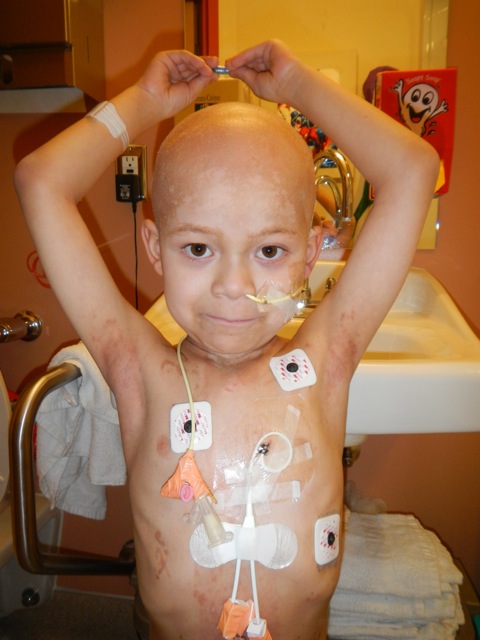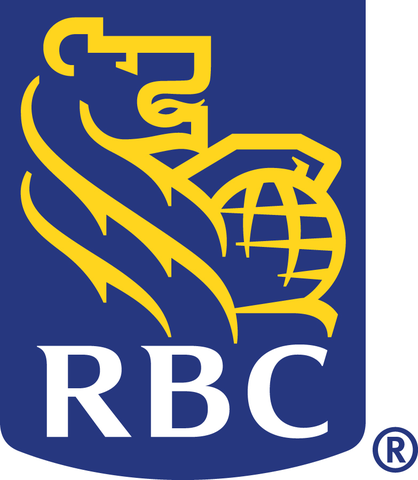“When Erik relapsed three years ago with AML, a bone marrow transplant was his only hope for survival. Brent was a perfect match and the stem cells they extracted from his bone marrow saved Erik’s life. We are so filled with gratitude for Brent and his kind, generous heart. We are thrilled to finally find him; it’s like our families have been matched now.” ~ Carol Gracia
Although Paul and Carol have never met Brent Lewelling before, the young man from Beaumont, Texas saved their son Erik’s life in 2012 when he was battling acute myeloid leukemia (AML), a high-risk cancer of the blood not often found in children.
“It was critical that we find a donor,” says Erik’s father Paul Gracia. “If we hadn’t found the perfect match, Erik wouldn’t have survived.”
A 20-year-old college student at the time, Brent was Erik’s perfect match. He underwent surgery to have stem cells harvested from his bone marrow to donate to Erik.
“They told me there was a little boy who needed my stem cells and asked me if I was still interested in donating,” said the now 23-year-old Lewelling, who is a father himself today. “I immediately felt this pull and felt like I needed and wanted to do this, so of course, I said, ‘Yes! When do you need me?’”
 Originally diagnosed with AML when he was two years old, Erik underwent months of intense chemotherapy before going into remission. He enjoyed two cancer-free years and just as the Gracias were beginning to feel that he was out of harm’s way, he relapsed. This time, his only hope for survival was a stem cell transplant, which Brent made possible.
Originally diagnosed with AML when he was two years old, Erik underwent months of intense chemotherapy before going into remission. He enjoyed two cancer-free years and just as the Gracias were beginning to feel that he was out of harm’s way, he relapsed. This time, his only hope for survival was a stem cell transplant, which Brent made possible.
The bone marrow transplant was a life-saving, game-changer for Erik, who has been healthy ever since.
“When the agency called to say the boy’s family wanted to make contact, they said it may take over six months to actually hear from them; the Gracias called two days later,” Brent laughs. “It was so great to get that call. My mother has never stopped asking if I’d heard from that little boy and his family. It is such a blessing and joy to know that Erik is so strong and healthy today. Mom says I’ve always had such a strong immune system, because I never get sick; now Erik has my immunity too.”
Apparently, Brent Lewelling was an ideal donor. Studies show that donations from healthy young men like Brent, between the ages of 17 and 35, lead to improved overall survival in patients and lower rates of graft versus host disease (GvHD) for patients, so they are more likely to be chosen to donate by transplant physicians. GvHD is a condition where donor-derived blood cells see the patient’s body as foreign and so triggers an immune response, leading to serious complications.
Erik was fortunate to experience no complications or rejection issues after the transplant and, today, he is a healthy, active nine-year-old boy who loves sports. He and Brent experienced an instant bond and, during the five-day visit last July, the Gracia and Lewelling families enjoyed site-seeing tours around the province, including a trip to Banff and a backstage tour of the Grandstand Show at the Calgary Stampede. Erik was glued to Brent’s side during the entire visit. He calls Brent Superman Bone Marrow.
“Brent has shown me how to make a difference in the lives of others,” says Erik. “He’s also shown me how to give love to others who need it. Brent is part of our family now.”
“It is wonderful to see Erik and his family bonding with Brent and his family,” says Dr. Faisal Khan, an associate professor in the departments of pediatrics, and pathology and laboratory medicine at the University of Calgary’s Cumming School of Medicine investigating donor matching systems to improve outcomes for patients. “But the foundation of this bonding was actually laid in 2012, when Erik welcomed Brent’s stem cells into his body and Brent’s stem cells helped Erik to get rid of the unwanted cancer cells. This strong bond between the two of them, that we in the outside world are seeing today, has in fact, existed inside Erik’s body for the past three years. This fact itself speaks to the importance of donor matching.”
“Reunions like this are rare and they inspire us to continue to build a stem cell registry that reflects the needs of patients in Canada and all over the world,” says Dr. Dana Devine, chief medical and scientific officer, Canadian Blood Services. “This reunion is a testament to the collaborative relationships that exist with our international partners and with our Canadian transplant and research communities to ultimately improve patient outcomes.”
To that end, Canadian Blood Services focuses on recruiting young men between the ages of 17 and 35 to their adult stem cell registry and expectant mothers through the Canadian Blood Services’ Cord Blood Bank.
To register with Canadian Blood Services’ One Match Stem Cell and Marrow Network visit blood.ca. Registrants must be in good health and be 17 to 35 years old. They must be willing to donate to any patient in need anywhere in the world and have Canadian health care coverage.



















